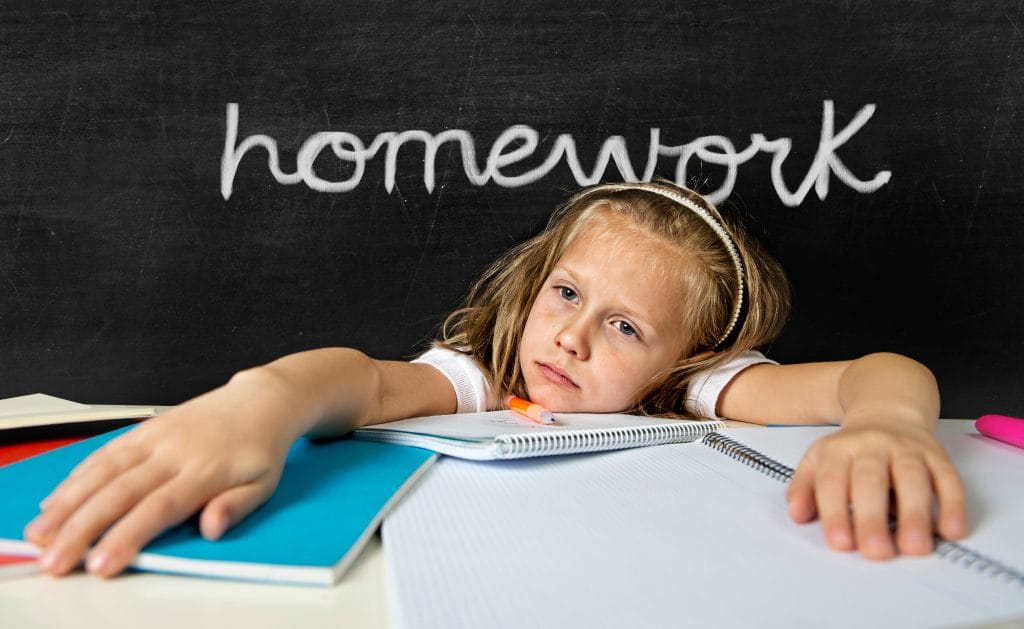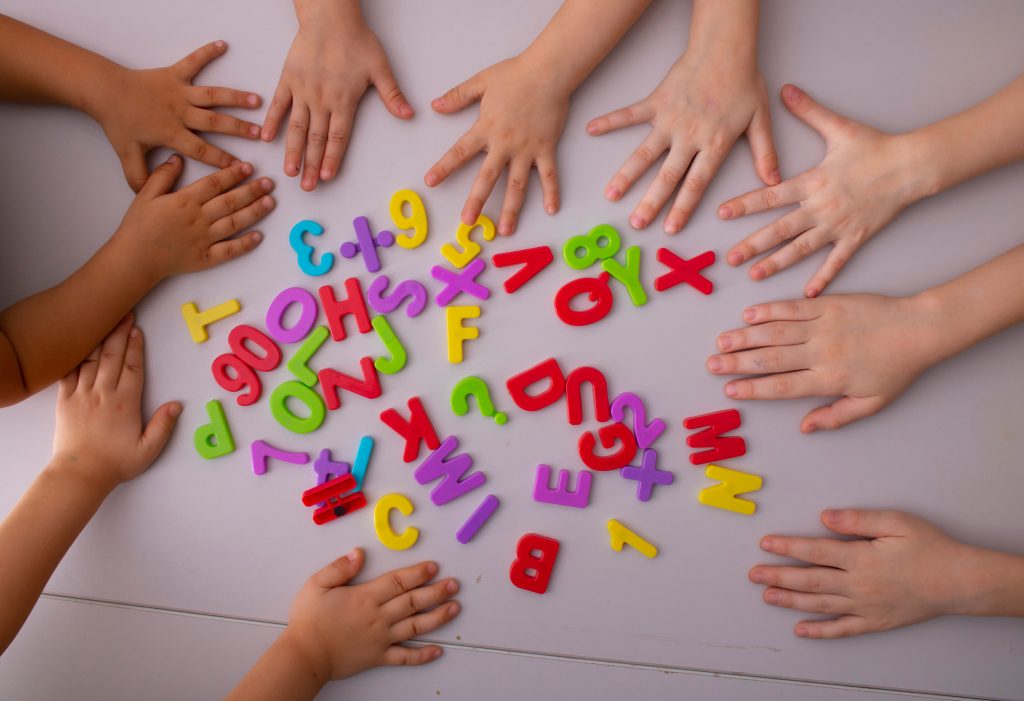
Every child learns differently, and figuring out your child’s learning style can make all the difference in how they absorb information, stay motivated, and enjoy the process of learning. Some kids light up with visuals, while others need to move, talk it out, or listen quietly. By understanding how your child learns best, you can support them more effectively at home and help them thrive at school. Tailoring your teaching style to match their natural strengths doesn’t just make learning easier—it makes it more enjoyable. Here’s a look at the four most common learning styles and how to teach based on the one that fits your child.
1. Visual Learners: Show, Don’t Just Tell
Children with visual learning styles process information best when they can see it. They often enjoy reading, drawing, and using charts, diagrams, or color-coded materials. If your child remembers things better after seeing pictures or watching demonstrations, they likely lean toward this style. Support their learning by using flashcards, visual schedules, videos, and colorful mind maps. Let them draw pictures to explain ideas or use sticky notes in different colors for organizing information.
2. Auditory Learners: Let Them Listen and Talk
Kids with auditory learning styles learn best by hearing and speaking. They tend to enjoy music, storytelling, discussions, and even reading aloud. If your child remembers song lyrics easily or loves to explain things out loud, they may be an auditory learner. Help them by using rhymes, songs, or recordings to reinforce lessons, and encourage them to explain new concepts back to you. Reading aloud together or using audiobooks can also be powerful tools for retention and understanding.
3. Kinesthetic Learners: Learning by Doing
Kinesthetic learning styles are all about movement and hands-on experience. These kids often have trouble sitting still but light up when they can touch, build, or physically explore a concept. If your child loves science experiments, puzzles, or acting things out, they’re likely a kinesthetic learner. Support them with activities like building models, doing crafts, or incorporating physical games into learning. Even simple tricks like bouncing a ball while practicing spelling can make a big difference.
4. Reading/Writing Learners: Words Are Their Best Tools
Children with reading/writing learning styles thrive through text-based input and output. They often love books, enjoy journaling, and do well with lists, definitions, and written instructions. If your child takes notes on their own or likes to write stories or letters, this might be their strongest learning style. Help them learn by encouraging them to write summaries, use workbooks, and create their own flashcards. Turning verbal instructions into written steps can also boost clarity and understanding.
Blended Learning Styles Are Totally Normal
It’s important to remember that most kids don’t fall neatly into just one of these learning styles. Your child might be a mix of visual and kinesthetic or lean toward auditory learning, depending on the subject. The goal isn’t to label them, but to recognize which approaches work best and build on those strengths. Try different strategies, observe how your child responds, and adjust accordingly. Being flexible and responsive can help your child feel more confident and supported.
Helping Kids Love How They Learn
Recognizing your child’s learning style can transform frustration into confidence. When learning feels aligned with how their brain works, kids are more likely to stay curious, engaged, and self-motivated. Whether your child thrives through hands-on activities, writing, listening, or watching, your support can help them get the most out of every learning moment. Celebrate what makes your child unique and find ways to build learning into everyday life. When you embrace their style, you’re not just helping them succeed—you’re helping them enjoy the journey.
Which of the four learning styles best fits your child? Share your experience and tips in the comments—we’d love to hear what’s working for your family!
Read More:
6 Ways to Spark a Love of Learning in Your Child
5 Secrets of Academically Successful Kids
Catherine is a tech-savvy writer who has focused on the personal finance space for more than eight years. She has a Bachelor’s in Information Technology and enjoys showcasing how tech can simplify everyday personal finance tasks like budgeting, spending tracking, and planning for the future. Additionally, she’s explored the ins and outs of the world of side hustles and loves to share what she’s learned along the way. When she’s not working, you can find her relaxing at home in the Pacific Northwest with her two cats or enjoying a cup of coffee at her neighborhood cafe.








